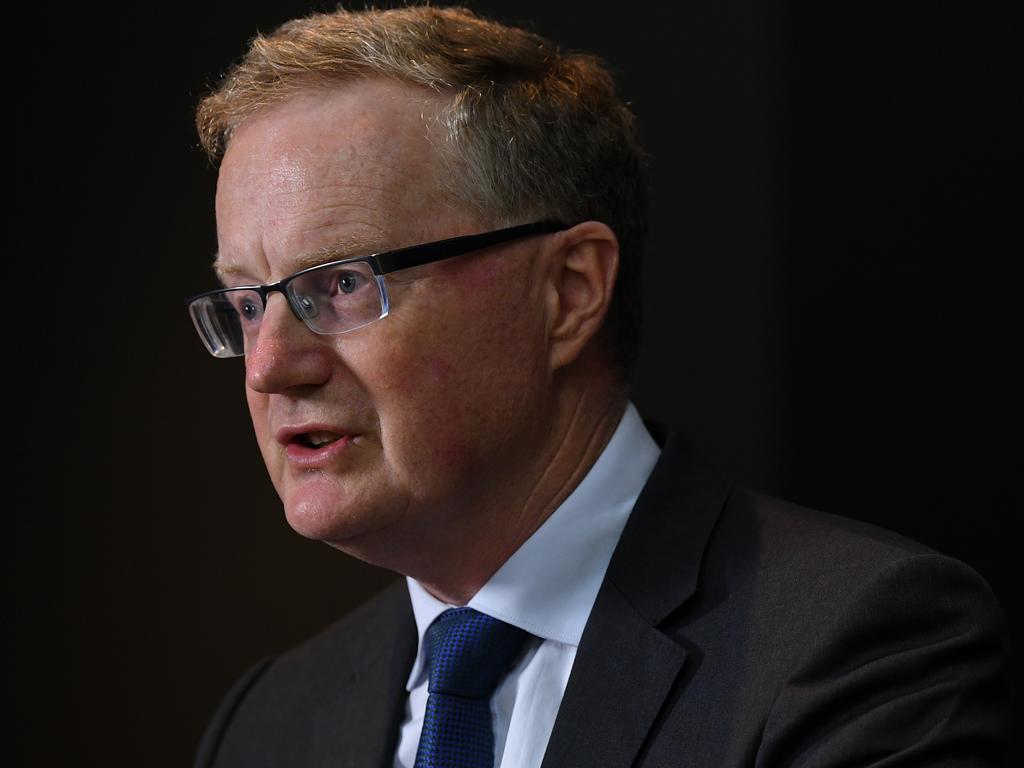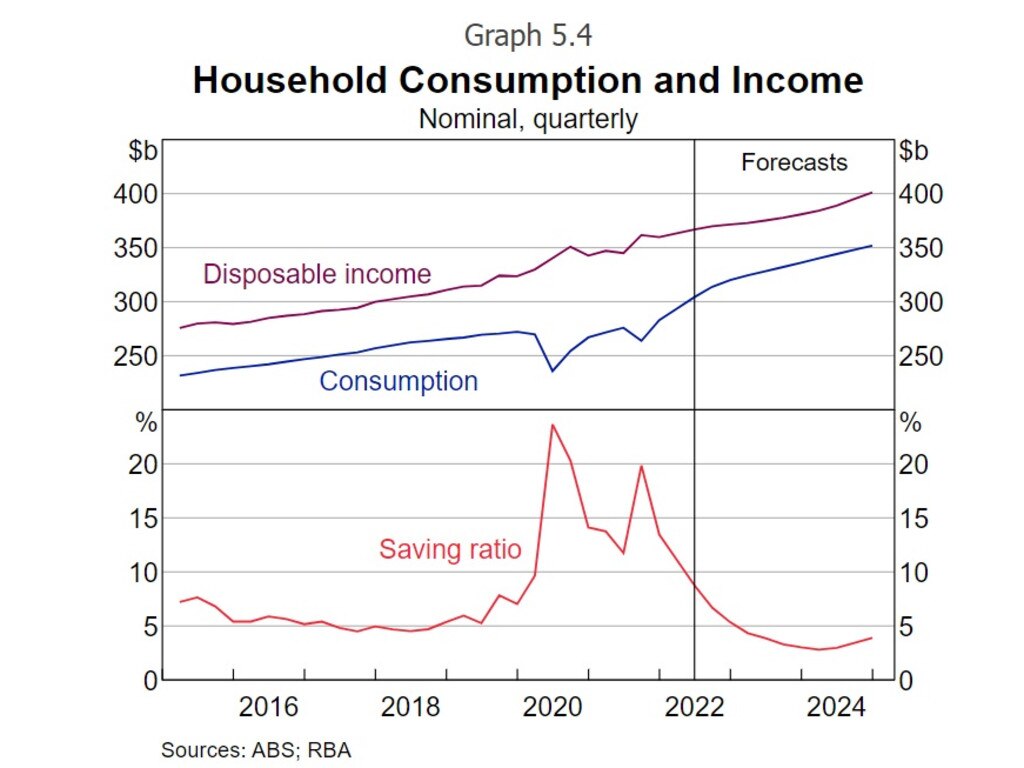‘Narrow path’: Big issue facing Reserve Bank of Australia boss
The Reserve Bank of Australia has conceded there are many uncertainties in its forecasts as the nation strives to bring inflation down.

The Reserve Bank of Australia has admitted there are “many uncertainties” surrounding its forecasts as the nation battles high inflation and interest rates.
Most Aussie workers are set to endure a further two years of falling real wages with the Reserve Bank now expecting inflation to peak at a higher 8 per cent in December and stay above its 2-3 per cent target range until 2025 at the earliest.
In the latest statement of monetary policy, which sets out the bank’s assessment of current economic conditions, the RBA conceded there were many hurdles to overcome to combat cost of living pressures.
“There are many uncertainties surrounding these forecasts that make the path to achieving the board’s objective of returning inflation to target while keeping the domestic economy on an even keel a narrow one,” the RBA said.
“The main uncertainties around domestic demand centre on the outlook for consumption.”

The RBA said consumption was being influenced by competing drivers that “could result in a materially different outcome from the central forecast”.
“So far, consumer spending has been supported by past gains in incomes, asset prices and accumulated saving during the pandemic,” the RBA said.
“Labour income growth is likely to remain solid given the tight labour market and rising wages growth.
“However, these sources of support are being counteracted by high inflation, rising interest rates and falling housing prices.”
The RBA noted demand for housing finance had eased as the market cooled, while housing credit growth was slowing.

Meanwhile, the trajectory of inflation was also uncertain due to “supply shocks”.
Inflation hit 7.3 per cent over the year to the September quarter – the highest rate in more than three decades.
It is expected to reach about 8 per cent by the end of the year before declining.
“Some factors that have boosted inflation over the past year are reversing, though it will take some time before the effects flow through to prices paid by consumers,” the RBA said.
“Spot shipping costs and other upstream price pressures stemming from pandemic-related disruptions to supply chains are unwinding quickly.”
A surge in commodity prices as a result of Russia’s invasion of Ukraine had also reversed, the RBA noted.

But energy prices remained higher than earlier this year, so the impact on the domestic electricity and gas prices was expected to be greater than previously forecast.
A further “significant lift” in utilities prices is now expected next year.
“How far and how quickly this flows through to retail bills, and how large the second-round effects on businesses’ costs and prices will be, is hard to predict,” the RBA said.
“On top of these largely global factors, inflation in Australia has also been boosted by flooding and other bad weather, which has damaged crops and so increased food prices.
“The most recent round of flooding looks set to prolong the effect on food prices to at least the end of the year.”
The RBA said how much global growth slowed down depended in part on how much major central banks needed to tighten monetary policy.

KEY RBA POINTS:
- GDP growth is expected to be three per cent over this year, before slowing to 1.5 per cent over 2023 and 2024;
- Unemployment is expected to remain about 3.5 per cent until mid-2023, before increasing to about 4.25 per cent by the end of 2024, as economic growth slows; and
- Growth in the wage price index is forecast to pick up further, from 2.6 per cent over the year to the June quarter, to about 3.75 per cent by mid-2023 and four per cent by mid-2024.
Read related topics:Reserve Bank




